.webp)
© History Oasis
The Neoclassical fashion movement arose during the twilight of the 18th century, fueled by a burgeoning fascination with the idealized forms and motifs of Greco-Roman antiquity.
This newfound reverence for the Classical aesthetic manifested itself not merely in the sumptuous neoclassical architecture that proliferated across Europe's aristocratic and intellectual circles, but seeped into the very fabric of haute couture itself.
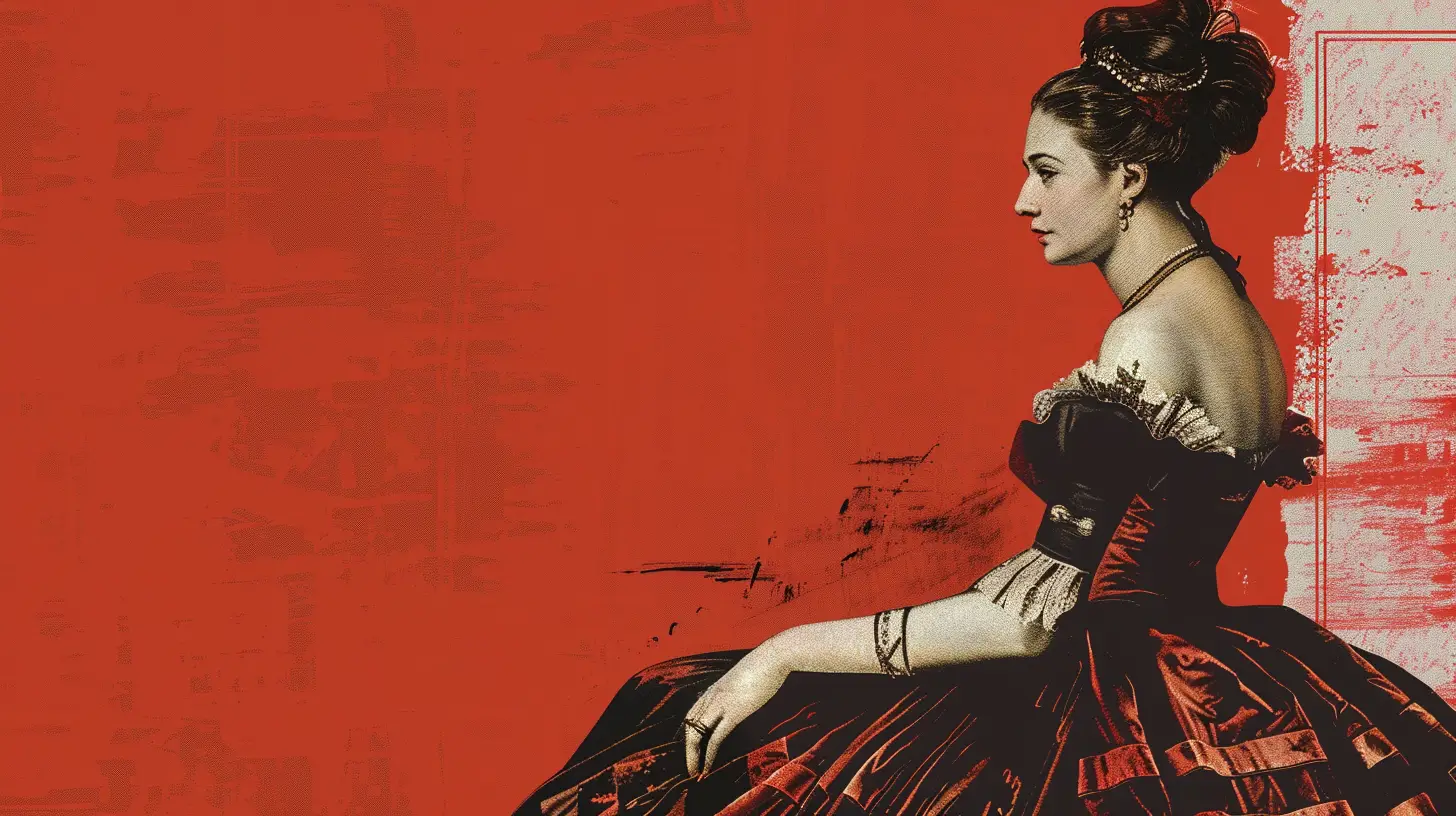
The Neoclassical fashion aesthetic pivoted sharply from the intricate, ornate excesses that defined the preceding Rococo period's sartorial sensibilities.
Whereas the Rococo mode swam in lavish embroidery, excessive frills, and exaggerated silhouettes that contorted the natural form, Neoclassicism espoused a refined, minimalist elegance inspired by the classical ideals of ancient Greece and Rome—favoring streamlined cuts, lightweight fabrics, and modest, high-waisted empire silhouettes that evoked the flowing drapery of Hellenic statuary.
This stark dichotomy between the florid, indulgent Rococo and the restrained, "pure" Neoclassical paradigm symbolized nothing less than an intellectual sea change, as Europe's tastemakers turned from the fanciful indulgences of the ancient régime towards the ethical naturalism and rigid reason espoused by Enlightenment philosophy.
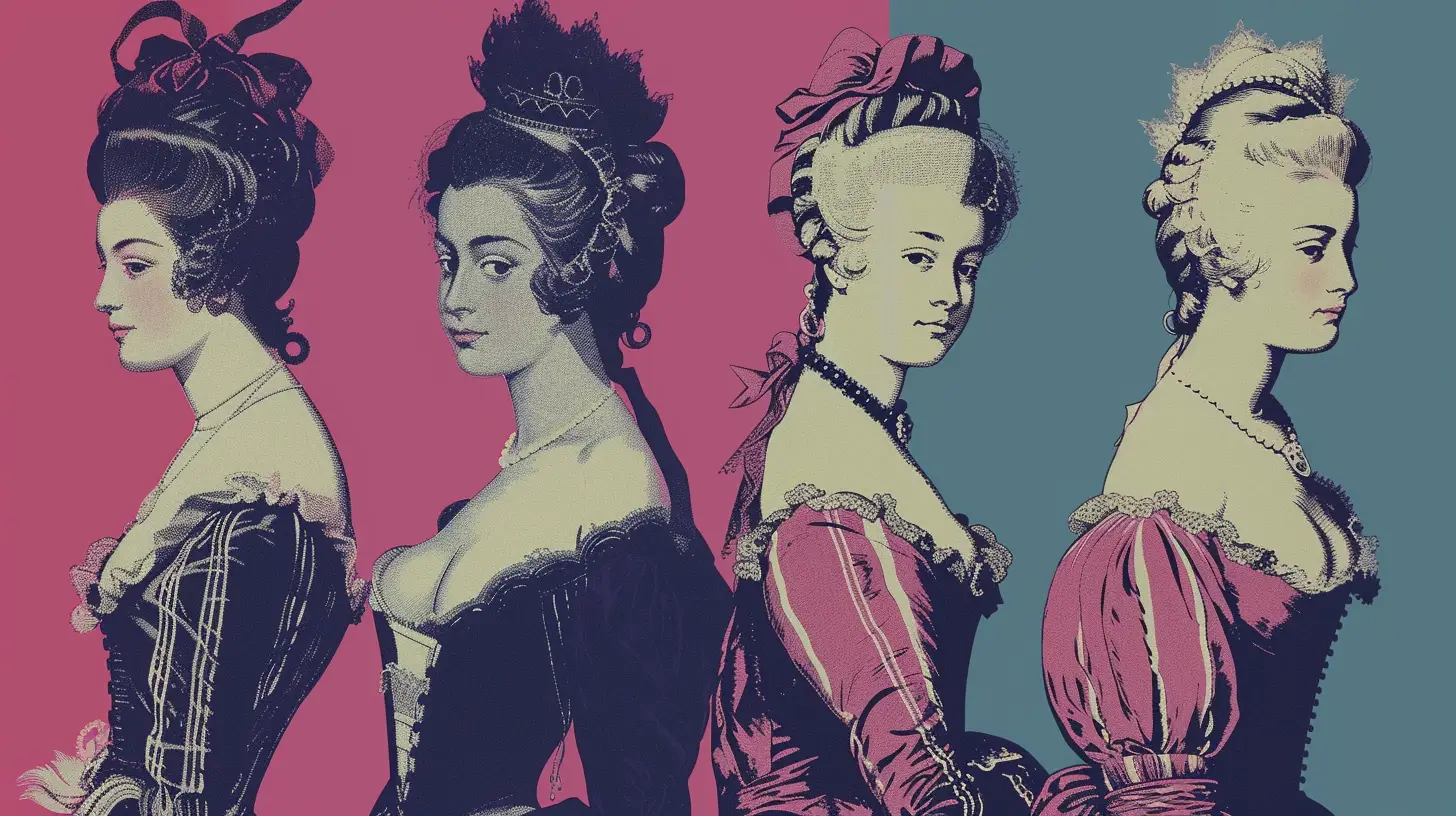
Central to the Neoclassical fashion aesthetic were the iconic high-waisted Empire silhouettes, which drew inspiration from the elegant simplicity of ancient Greek and Roman drapery.
Gossamer fabrics like muslin and silk were favored for their lightweight, body-skimming qualities that accentuated the natural form, in keeping with Neoclassicism's reaction against the excessive ornamentation of the Rococo era.
Ornamentation was deliberately minimal, limited to classical motifs like cameos or Greco-Roman inspired hairstyles, allowing the inherent beauty of the body's lines to take precedence.

The emblematic Empire waistline that defined Neoclassical fashion, with the gown's fitted bodice terminating just beneath the bust, derived its inspiration from the elegant, cascading drapery portrayed in ancient Greek and Roman statuary.
This high-waisted silhouette stood in stark contrast to the exaggerated, corseted figures of the Rococo period, instead evoking the Hellenic ideals of naturalness and pure, unencumbered form.
By echoing the graceful lines of classical sculpture in their dress, Neoclassical trendsetters paid sartorial tribute to the philosophical values of truth, reason, and democracy espoused by the Enlightenment intellectuals.
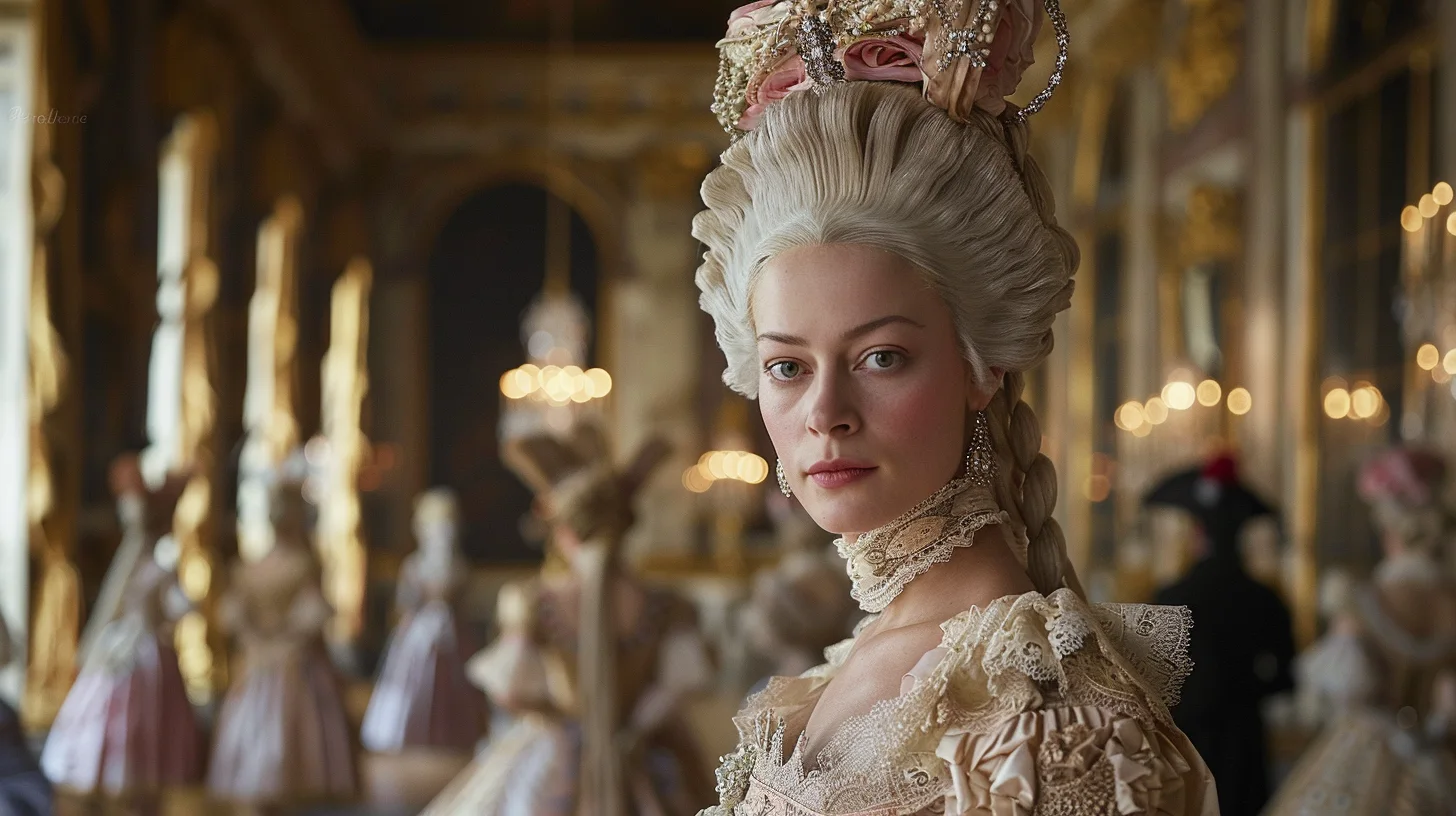
The ascendance of Neoclassical fashion from philosophical paradigm to widespread sartorial phenomenon owes much to its endorsement by preeminent figures like Marie Antoinette and Josephine Bonaparte, two icons of French style and aristocratic taste.
Through their willing adoption and popularization of the classical aesthetic's clean lines, muted tones, and greco-inspired silhouettes, these celebrated trendsetters lent credibility and cachet to Neoclassicism, catalyzing its transition from intellectual theory to de rigueur haute couture.
Their personal embrace of antiquity's minimalist elegance represented a symbolic rebuke of the French court's long standing culture of ostentatious baroque excess.
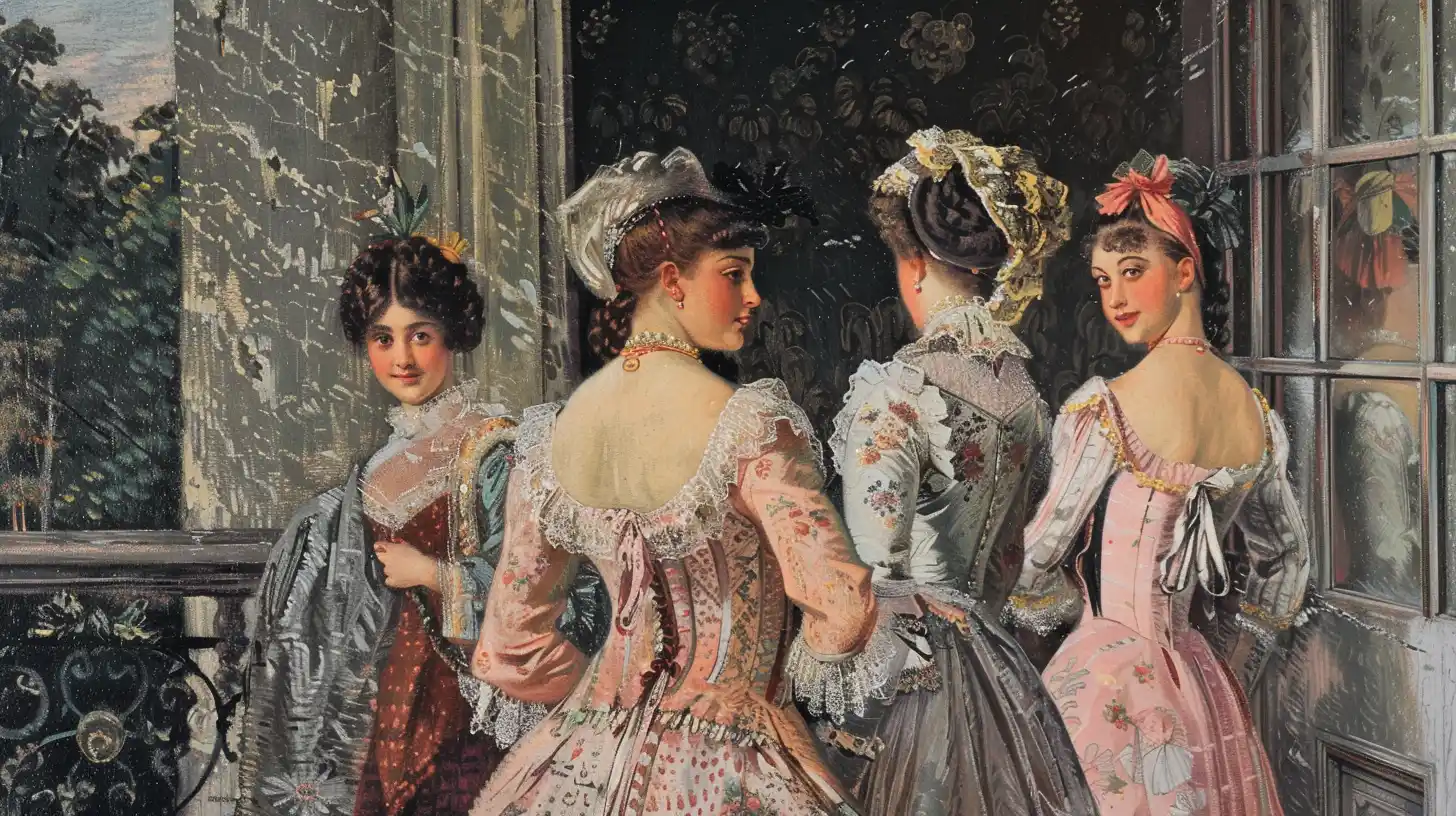
The diaphanous muslin gowns that epitomized Neoclassical fashion during this era were colloquially dubbed "chemise dresses" by contemporaries, owing to their lightweight, tunic-inspired simplicity.
Departing drastically from the heavily brocaded, rigid silhouettes of previous decades, these sheer, free-flowing muslin confections evoked the effortless elegance of ancient Greek and Roman peplos gowns through their understated cuts and airy sheerness.

The influence of Greco-Roman antiquity extended beyond mere gowns and drapery to coiffures as well during the Neoclassical period.
Complementing the classical simplicity of their gowns, stylish women of the era favored hairstyles reminiscent of those depicted on ancient statuary—including tousled curls, loose braids caught with ribbons, and other unstructured styles evocative of the idealized, naturalistic beauty exemplified in Hellenic art.

While Neoclassical fashion espoused an overall minimalist aesthetic, certain adornments directly inspired by classical antiquity found favor as accouterments.
Accessories such as cameo brooches carved in the likenesses of Greek and Roman nobility, lustrous strands of pearls reminiscent of those worn by elite women of the ancient world, and repeating motifs like urns, lyres, and laurel wreaths all paid homage to the Neoclassical vogue's Hellenic muses.
These subtle nods to the art and culture of the Greeks and Romans served to reinforce the philosophical underpinnings and reverence for stoic virtue which underpinned the Neoclassical movement's tenets.
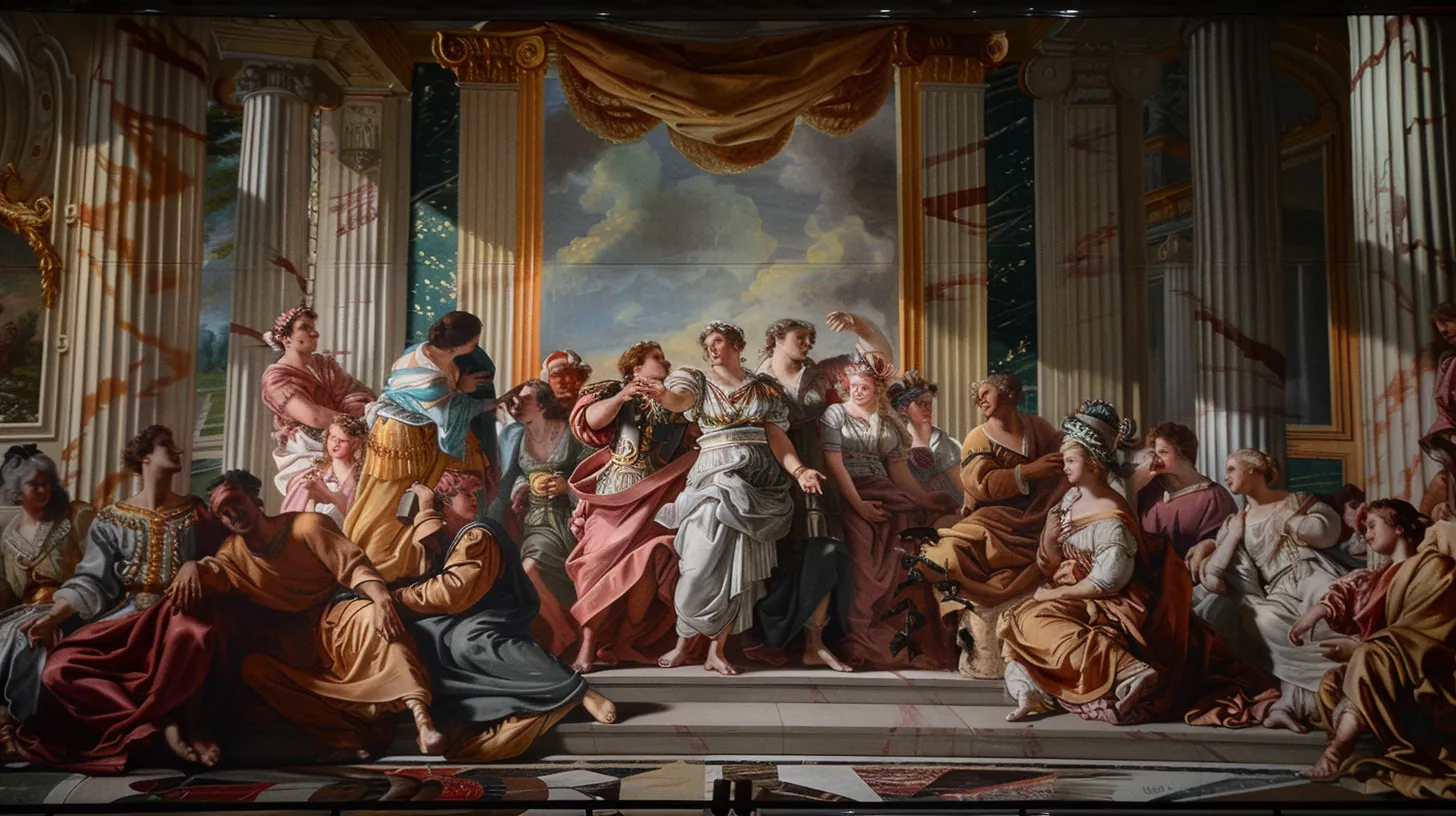
The emergence of the Neoclassical movement in late 18th century fashion proved inextricably intertwined with the contemporaneous flourishing of Enlightenment ideals and a renaissance of interest in classical Greek and Roman philosophy.
More than just an aesthetic vogue, Neoclassical couture embodied the era's intellectual gravitation towards reason, truth, and democratic principles.
Unadorned Neoclassical silhouettes evocative of noble Hellenic statuary seamlessly emblematized core Enlightenment concepts like naturalness, empiricism, and a renewed humanistic appreciation for the philosophical and artistic apotheoses of the classical age.

What began as an aristocratic penchant for the antiquated elegance of Neoclassical fashion among the French nobility gradually disseminated through the upwardly mobile bourgeois ranks as well.
This democratization of the classical aesthetic aligned seamlessly with the spread of Enlightenment values extolling meritocracy and natural rights that upended traditional class stratifications.
The increasing ubiquity of once-rarefied Hellenic silhouettes like the Empire waistline among the rising middle classes represented a distinctly sartorial manifestation of the political and philosophical upheaval redefining European society—a visible embrace of ancient Greek democratic ideals.